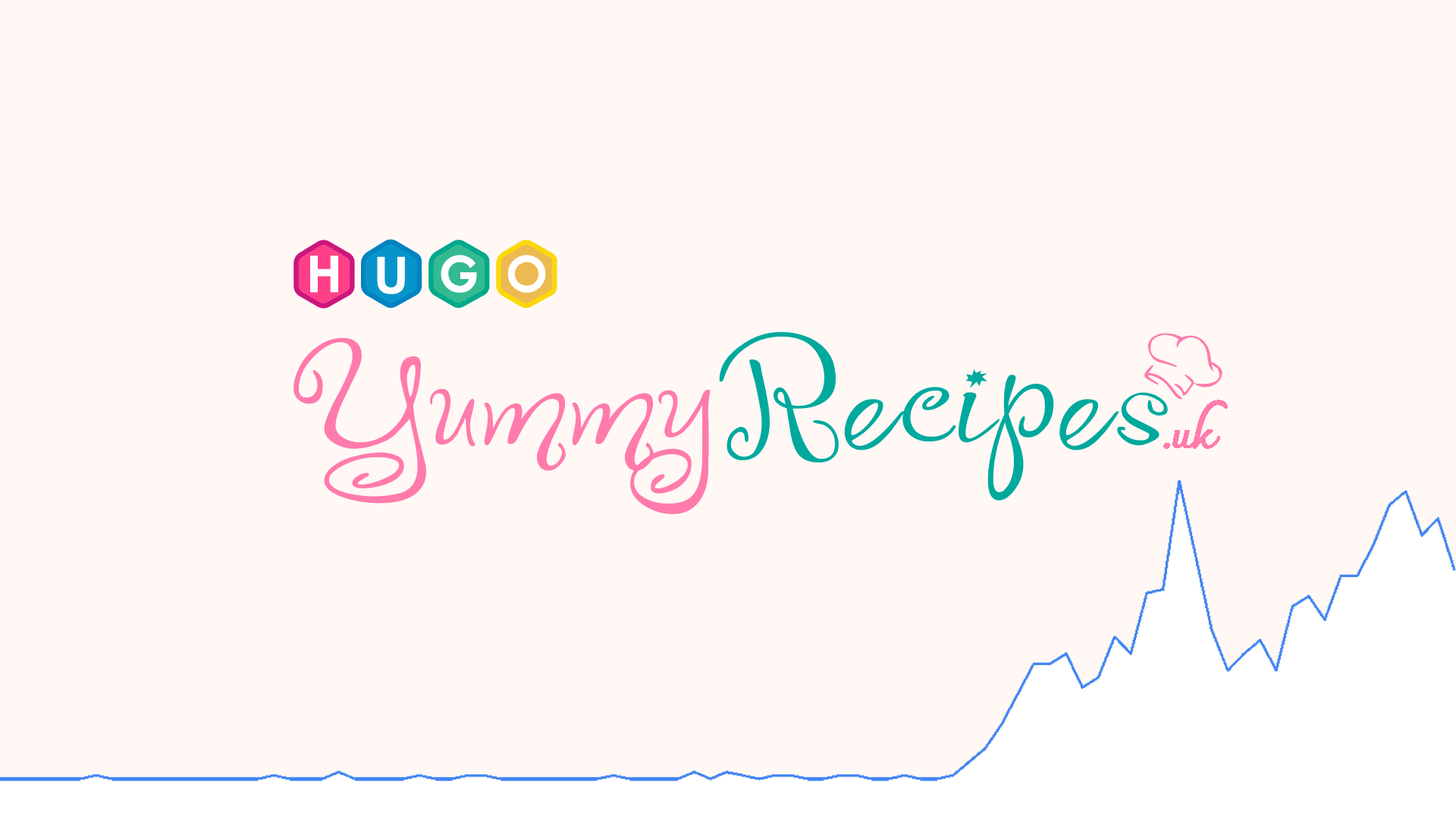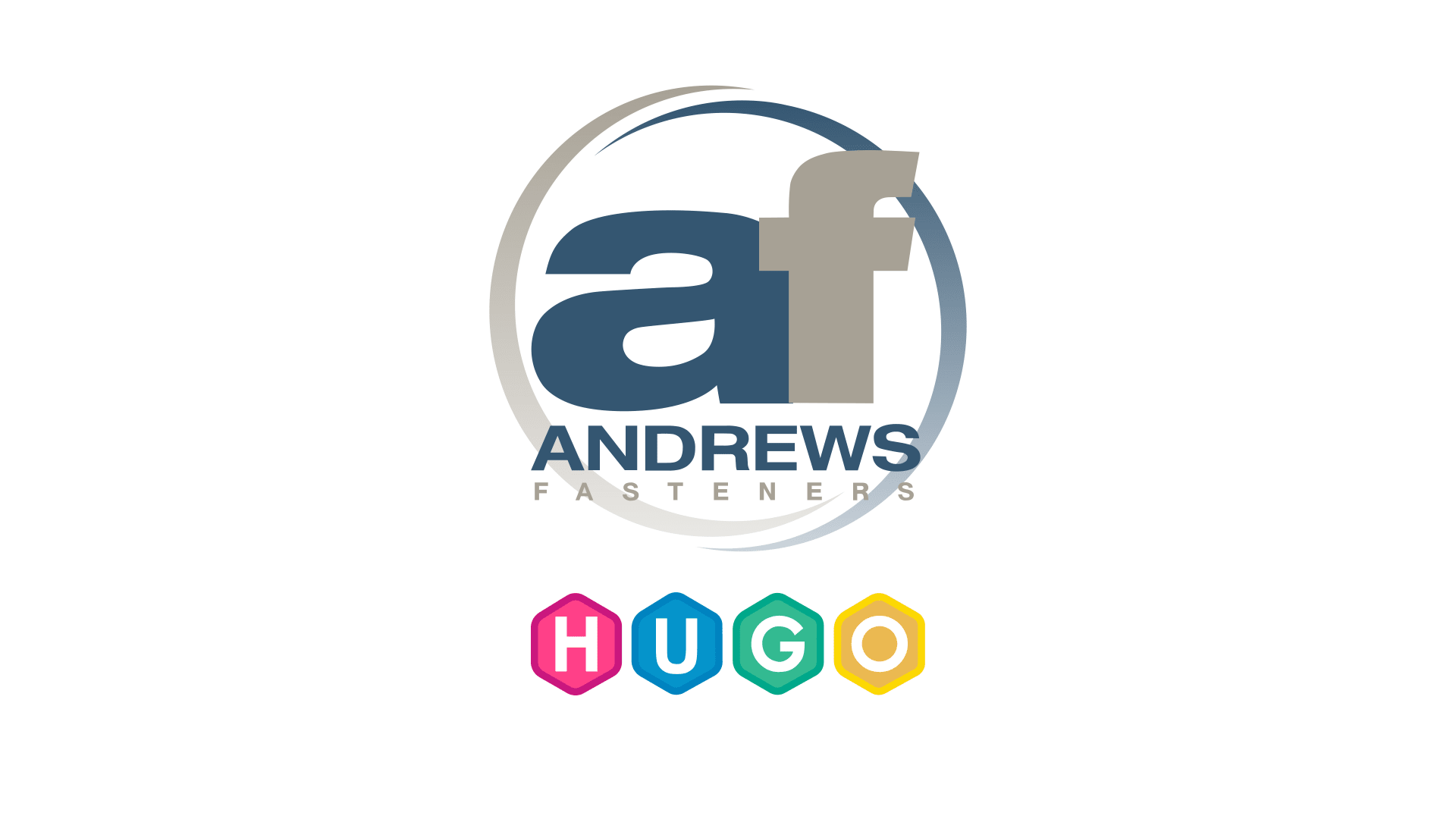A "little" side project – New Hugo based website – YummyRecipes.uk

Designing a website is not a thing that I am doing for a living. My day job is giving me the security needed, and everything else is a development of myself – to see what I can do and extend my skills. If at some point these “little” skills can change into something bigger, that’s great.
See my LinkedIn profile if you want to get in touch.
When I made websites, I discover new ways of doing the same things – improvement. I am not doing things (writing websites) in the same way, that’s the main thing. A new website is a new approach. I am reusing well-working elements, but still, it’s like making everything from scratch, and I like it.
With every new creation, I discovered ways how to improve projects that I have already live, and with this one there was no exception.
Yummy Recipes UK
Here comes Yummy Recipes UK!
Today I announce a website, that wasn’t planned. It was more like something where I saw a potential (a potential in somebody to make something creative, and in myself, to make something new).
Through the challenge of creating this website, I want to see what I can achieve using the latest knowledge. The goal in building this website was that it will position itself in a niche of the Internet (will see how this will go in the near future).
I saw a potential in the other person, who got ideas and just need somebody to say, that they are good at what they doing. With a little help, they can be better and their work can be recognised by a wider audience, not only friends and family.
The internet needs good things. Too many websites are losing ground to the competition who are just stealing from each other or repeating the same things over and over.
I have been inspired a bit by Smitten Kitchen. Don’t know what the background behind this site is, but for some time the number of recipes dropped significantly (burnout?). I know, that if somebody got “that thing”, they will find its audience, at least they shall try.
This is why I pushed my friend and together we created Yummy Recipes, a nut-free cooking and baking site.
I hate creating a website, where I don’t have content to base my work on. It’s really hard to create something without inspiration.
Some people approached me in the past and asked me to create a website for them. They have been passing only the bare minimum source of information or even none.
Question – “could you make me a website?” – is just the beginning, are you ready for hard work?.
Their expectations are high – to create something marvellous. But when web developers and I don’t have anything to base work on, it will not work at all. Creating a website is a mutual exercise – always.
It’s like asking somebody to write a book for them (a writer asking a person who can type), telling what’s all about, who are main characters, and then living everything to figure out for “key presser”. If you, the “key presser”, are not a writer, then that’s crazy. The words are not coming from the thin air (ok, they may, sometimes), but the story needs to be created. Creating a website it’s like making a book cover based on the content. You need to have the content first.
With this project, we started with content.
Once content starts building up, I start to see how this project can move forward.
Brainstorm excessive was in name, logo and domain for a website. Once that’s been accomplished, I could start the work and the website start making its shape.
There is a point in this mutual exercise, at which the initial content stops and website development begins.
It’s never just hitting publish button to start our existence on the internet. There are SEO aspects, schema and rich results, sitemap, RSS feeds and what’s the most important user experience with it.
You may have the best content possible, but the poor user experience with your website and people will not be coming back. You need to connect all to work nicely and that needs to be considered before the project goes live.
Once you are at 90% of your project, all have their shapes and working nicely. Going live prematurely at that stage got serious consequences that will be hard to fix post-live (time-consuming). You need to be ready to “hit” on your audience and promote yourself in search engines. Small issues may not be spotted before going live (like components alignment in Tesla cars 🤦♂️), but you will not put the car on the market when your engine is not working correctly.
In some companies, when web developers are dealing with less technical people or pseudo managers, who just want to “see” the “finished” product, you may be asked to push forward and fix the rest along the road (seriously?).
This kind of person may have a long term vision that will not achieve its intended potential because of their premature rush. Always set a target for your project, but don’t rush the project if there is no need for that. To gain back, what we could have, if we would release the finished product on time, we will need to put twice as much effort (time and money) after. Some losses cannot be regained!
I saw and see every day professional web developers who are bragging about what they created. When you look at it from first sight, you may be impressed, but that impression fades away very quickly when you start experiencing some basic issues.
There are also others, who do not shout around about what they are working on and how much they earn from it. They are professionals. There is a time for promotion (at product lunch), and there is a time when we shall keep things for us or our team. I respect that.
It’s true that a website is never finished.
Don’t expect somebody to build a website for you and then just say goodbye to that person. The project may be initially done, but even with static sites, it requires a touch here and then.
You will not build a bridge and leave it unmaintained, right?
If you choosing a CMS solution (like WordPress which I hate), the “touch” may be required monthly, weekly if not daily, to make sure that all is working as expected.
Requirements from search engines (like Google) change constantly. If your website positioned itself well a year ago, don’t be surprised that today it will be pushed down in search results, when you haven’t done anything about it.
This new project is content-oriented. If we want a website to thrive, it needs to generate new stuff, new recipes. Along with that, it needs to promote itself and let people read it. This is why the social strategy was discussed (planned) closely before the site goes live.
In some projects (websites), social media will not make a difference (got some of them). Different channels will make a bigger impact in reaching a wider audience. Think about it at the beginning.
Each project (website) is unique and has its unique users. Some thrive among desktop users, some strictly on mobiles. Some of them see users visiting it every single day (like my own), the others only on selected days (working days).
One of my commercial websites, for example, sees a clear pattern in a high number of users over the week (and working days) with really small over weekends, bank holidays and generally days off. Also, majority of its users use computers (Desktop) rather than mobiles (like 70% to 30%). Social media is also not the medium that gains traffic, it’s an organic search that leads the way. They could easily close all their social profiles and will not lose too much, as long as they concentrate on positioning in Google, Bing and creating/updating the content.
The other website of my good friend, however, who offers balloons flights in Poland, shows a different picture. Social media taking a greater part in gaining visitors and most of them are mobile users rather than desktop (like 70% on mobile and the rest are from other devices). Position over search engines can differ from time to time, but what this type of business shall look for are social media and referral traffic. These two aspects are the source of business prosperity on the Internet.
This is a short example of how different all can be.
Looking forward to seeing how this new project and its content find their place on the Internet and what pattern it takes.
The website is starting with 16 delicious recipes created by Chef Celina (with a bit of editorial touch from myself), tested in a professional environment as well as at home. The initial plan (target) is to add at least two recipes each week. Interested to see how this will go (and if we will stump upon a burnout at some point?).
Chef Celina is allergic to nuts, this is why she takes greater care in making all their recipes nut-free.
- Visit Yummy Recipes UK official website
- Like and Follow @yummyrecipes.uk on Facebook
- Follow @yummyrecipes.uk on Instagram
- Follow @YummyRecipesUK on Twitter
Technical aspect
Website is built with Hugo1 and is hosted on Netlify. The source code is hosted on GitHub.
The layout is built from scratch with HTML, CSS and minimal JavaScript. Content is stored in Markdown files with a bit of header required by Hugo.
It contains Search, which is done in the user browser and not on the server, using index.json generated when the site is deployed.
Contact form is done through Netlify Forms.
It offers automatic Dark Mode and friendly printing for desired recipes. Any similar recipes are presented in the “related” section. If you would like something, you can easily share it on desired social media, or by e-mail using handy share icons in the post footer.
A massive thing was put into Rich Results, Schema for Recipes and OpenGraph.
Visitors are counted through my minimal Google Analytics 4 snippet. Apart from that nothing else is tracked. In its current form, all content is available for free, without ads but with copyright rights incorporated.
Private users are free to use them (print) for easy, hustle free cooking and baking.
If you want to be always up to date, add its RSS feed to your Feed Reader (like Feedly).
Hugo is the world’s fastest framework for building websites. One of the most popular open-source static site generators. With its amazing speed and flexibility, Hugo makes building websites fun again. ↩︎




